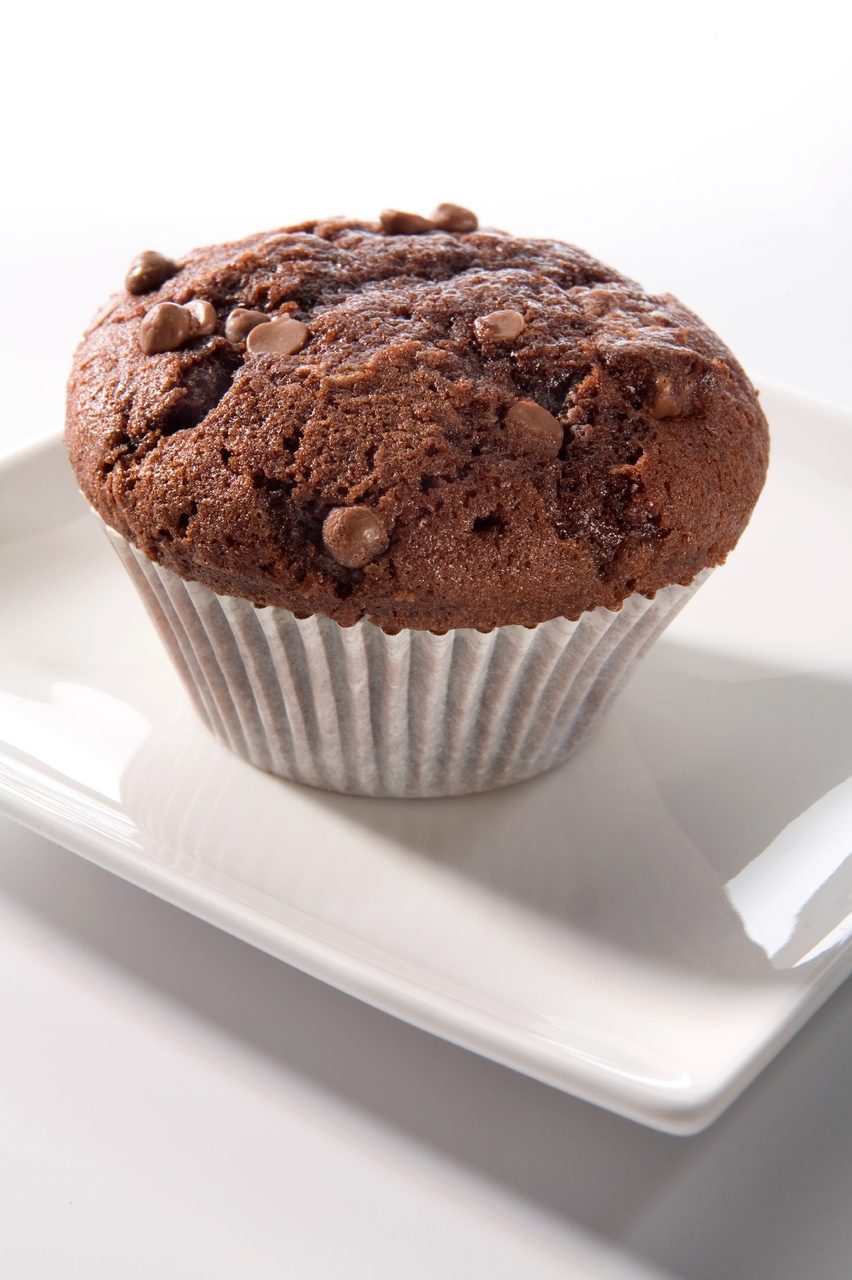Stabilizers
ingredients
The BOTTOM LINE
- Clean-label stabilizers
- Solutions for keto foods
- Expanded gluten-free options
Stabilizer strategies
Bakery companies search for clean-label stabilizers, including hydrocolloids, gums, and starches.
Joyce Friedberg, Contributing Writer
Stabilizers such as thickeners, hydrocolloids, gums, and starches are a category of ingredients that many are probably not familiar with, yet they help create the desired texture, mouthfeel, and sensory characteristics of the product. There are several different types of ingredients that can provide functional benefits to food products, and some of these overlap:
- Thickeners, such as starches, pectin, and gums, impact the viscosity of products
- Stabilizers, such as lecithin, carrageenan, agar, and pectin, increase a food’s stability
- Hydrocolloids, such as xanthan gum, starches, carrageenan, and more, help provide the right viscosity, texture, or structure to many foods
The trends for stabilizers follow the trends impacting the other food and beverage categories. Shiva Elayedath, senior technical services manager, Cargill, Minneapolis, notes clean label continues to influence many food and beverage categories, including snack foods and baked goods. The company has seen increased requests from customers looking to remove less familiar ingredients.
Ricardo Rodriguez, marketing manager, bakery, and confectionary, Ingredion Incorporated, Westchester, IL, sees the “free-from” space within the bakery category continuing to grow as consumers look for healthier alternatives that also deliver great taste. The company recently completed a proprietary study with “free-from” consumers. The research showed the top diet/nutrition plans followed by “free-from” consumers were:
- 61 percent of “free-from” consumers follow gluten-free
- 42 percent follow low-sugar
- 37 percent follow low-carb
- 24 percent follow plant-based
The top claims that consumers were looking for were:
- 48 percent of “free-from” consumers look for non-GMO
- 42 percent look for organic
- 38 percent look for low sugar
- 35 percent look for low-carb
- 29 percent look for plant-based
“Hydrocolloids are generally added to most baked goods to control moisture, add freeze/thaw stability, and improve machineability in dough systems and crumb structure in batter systems.”
— Lauren Standifer, senior technologist, Ingredion Incorporated

Stabilizer solutions
Lauren Standifer, senior technologist, Ingredion Incorporated, provides an overview of hydrocolloids and the benefits for bakery products. “Hydrocolloids are generally added to most baked goods to control moisture, add freeze/thaw stability, and improve machineability in dough systems and crumb structure in batter systems. Hydrocolloids are also helpful in preventing boil out in bake-stable fillings as well as improving freeze/thaw stability. In icings, frostings, and glazes, gums help to prevent transfer onto packaging, as well as preventing cracking of glazes and sugar bloom.”
Derek Holthaus, senior principal scientist, Ingredion Incorporated, talks about new uses for gum acacia in bakery products. The company offers an entire acacia portfolio and sources the ingredient directly from the growing region in Africa and manufactures the finished powder ingredient in their U.S.-based manufacturing facility.
“For bread, we have seen acacia used to help stabilize the dough system and reduce the rate of staling,” says Holthaus. “Acacia can act as a dough conditioner, interacting with gluten present in the dough and strengthening the protein network. This strengthening of the protein network helps improve the texture of the dough. In yeast-raised products, the primary function of acacia is to extend the shelf life and condition the dough. In cake-type products, acacia helps trap gas bubbles to create a lighter (aerated) texture and assist with water retention, providing good moisture and longer shelf life. For cake batter, which is an oil-in-water emulsion, acacia stabilizes the batter by providing miscibility to these typically immiscible phases.”
With further evidence of the growing interest in gluten-free, the company has utilized its Ingredion Food System platform to create hydrocolloid blends specifically designed for use in gluten-free applications. “These systems leverage the functionality of xanthan plus additional hydrocolloids to bolster the overall impact it has to replace the matrix when gluten is removed,” says Corie Beyers, strategic marketing food systems, Ingredion Incorporated. “For breads, the two most-common requests are for more volume and increased consistency from loaf to loaf. TICALOID GF 345 system produces finished product with higher volumes than with xanthan gum alone. TICALOID GF 377 system increases the consistency of the loaf shape and height when compared to xanthan gum by itself. For sweet goods such as muffins and cakes, gums contribute to batter consistency and stability, resulting in a moister crumb with reduced breakdown of mass during chewdown (crumbliness). However, high gum usage can also result in a product that is too moist and sticky in the mouth. TICALOID GF 313 system, best used for higher moisture applications like cakes and muffins, provides maximum benefits of increased moisture and reduced breakdown of mass during chewdown without contributing to a wet or sticky texture.”

Health continues to be a focus, so ingredients that can help brands deliver nutritional benefits are gaining traction, notes Shiva Elayedath, senior technical services manager, Cargill. “Resistant starches, which are a good source of dietary fiber, can play a role here. Our ActiStar resistant tapioca starch for example, can help create higher fiber products that provide greater satiety, while also contributing few calories to the formula (ActiStar contains just 0.25 kcal/gm.). In addition to its nutritional profile, ActiStar offers several other advantages, while other fibers tend to bind large amounts of water, ActiStar has low water-biding properties, enabling high inclusion levels with few formula changes. Brands launching keto-friendly snacks and bakery products report ActiStar resistant starch works well in these applications. It contributes bulk to formulas, without adding a lot of calories.” The tapioca-based starch also works well in gluten-free applications, where it can assist with flour replacement.
Courtesy of Cargill
For applications that require freeze/thaw stability, as well as products with longer shelf life, Cargill offers PolarTex and StabiTex. Both are modified food starches that help with moisture management, provide exceptional stability and preserve the good eating quality throughout the shelf life of the product.
Lecithin, a stabilizer/emulsifier, is also used in snack and bakery products. It helps ensure even fat distribution in the product, which is a factor that can influence the shelf life. It also can provide a more label-friendly alternative to other emulsifiers such as mono- and diglycerides.




